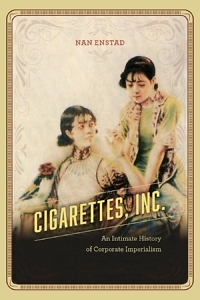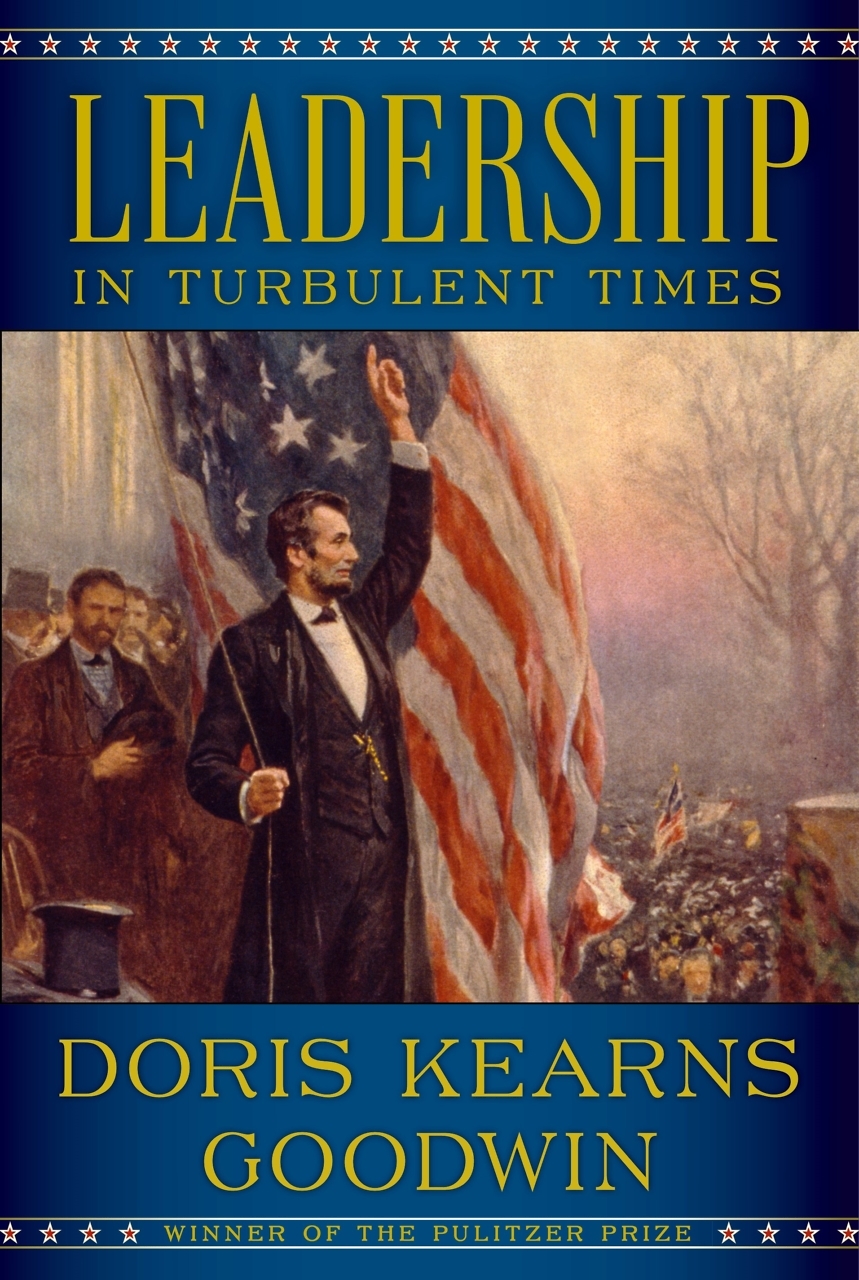Smoke Across the Sea
Nan Enstad challenges myths of capitalism in Cigarettes, Inc.
Explore the history of the cigarette and prepare to be surprised. In her captivating new book, Cigarettes, Inc., Nan Enstad tells a story that crosses back and forth between the Jim Crow South and China, with a cast of characters that includes entrepreneurs, farmers, workers, baseball players, and cabaret dancers. Throughout the narrative, she challenges the way we tell the story of global capitalism.
 Enstad is a professor of community and environmental sociology at the University of Wisconsin-Madison. She is also the author of Ladies of Labor, Girls of Adventure: Popular Culture and Labor Politics at the Turn of the Twentieth Century. The American Historical Association named Cigarettes, Inc. the winner of the 2019 Albert J. Beveridge Award.
Enstad is a professor of community and environmental sociology at the University of Wisconsin-Madison. She is also the author of Ladies of Labor, Girls of Adventure: Popular Culture and Labor Politics at the Turn of the Twentieth Century. The American Historical Association named Cigarettes, Inc. the winner of the 2019 Albert J. Beveridge Award.
Enstad answered questions via email from Chapter 16:
Chapter 16: The cigarette industry got off the ground in the late 19th century. In a cultural sense, what did the cigarette mean at that time? What did it signify if you were smoking a cigarette?
Nan Enstad: If you were a man in the United States smoking a cigarette in 1900, you were probably either an immigrant or a rich dapper dude with swanky clothes. Manly men who were not immigrants smoked pipes or cigars or chewed their tobacco. Even the Southern white men who launched the cigarette industry would not smoke cigarettes for fear of seeming effeminate. If you were a woman and smoked cigarettes, you were a rebel. You might be a political radical or, if you were wealthy, you might flirt with being bad by smoking an Egyptian cigarette.
If you smoked cigarettes in China in 1900, you likely lived in a treaty port and had some contact with a foreign company. Chinese men and women had smoked tobacco for hundreds of years, but they smoked pipes, not cigarettes. In Canton (Guangzhou), the early adopters included Chinese merchants who traded in Western goods and elite courtesans who looked for foreign novelties for their elite Chinese clients.
The first chapter of my book explains these associations and tracks the rise of the cigarette in the United States and in China. By the 1920s, smoking became associated with modernity in both places and consumption rates skyrocketed. However, in the case of China, cigarettes were a product pushed by a foreign power and so also became associated with Western imperialism.
Chapter 16: The traditional tale of the cigarette industry revolves around the visionary leadership of the tobacco magnate James B. Duke. How do you challenge that interpretation?
Enstad: I never imagined that I would question the long-established story of James B. Duke in the cigarette industry, but I started tripping over documents in the archives that contradicted it. The 60-year-old story goes that Duke took over the early cigarette industry because he had the foresight to implement machine production when cigarettes were still hand-rolled. The machine could spit out cigarettes much faster than the hand rollers, lowering Duke’s prices and allowing him to force his competitors to form the American Tobacco Company monopoly with him in 1890, a company that would define the global cigarette in the next generation.
It turns out that this story is pretty much just made up. Duke was not the first to use the cigarette machine; all the companies combined hand-rolling and machine production by 1887. Duke did not force the five companies to form the American Tobacco Company, nor did Duke control it — Duke was not even the first president. The book tells a new story of the development of the industry and how Duke did indeed eventually take control of it, not through innovation with technology or prescient entrepreneurship but through legal and financial maneuvers in the 1890s that changed the nature of capitalism.
 Chapter 16: How did American Southerners shape the culture of the cigarette industry in China? Did the Chinese shape the American cigarette industry?
Chapter 16: How did American Southerners shape the culture of the cigarette industry in China? Did the Chinese shape the American cigarette industry?
Enstad: I started this project in the South because I had lived and taught in Greensboro, North Carolina, which is in the heart of the cigarette industry and the area that grew the bright leaf variety of tobacco. I started my research in Reidsville, North Carolina, which was a small town of about 7,000 that had a huge American Tobacco Company factory. I learned that James A. Thomas, a Reidsville native, became head of the British American Tobacco Company, China, and was the single person most responsible for a pipeline of bright leaf tobacco and white-collar workers between the U.S. South and China. Hundreds of white guys became part of this network around bright leaf tobacco export — no black men were hired. And they basically managed and advised the industry in China, working with thousands of Chinese businessmen, salesmen, factory workers, artists, and retailers. Exploring how this China connection developed out of the general expansion of the U.S. cigarette industry is the core of the book.
Chinese people shaped the American cigarette industry in two different ways. When guys came home from China for visits, they hung out with fathers, uncles, brothers, and cousins who were doing much the same work in the United States. What did they talk about over that after-dinner pipe or cigarette (depending on the decade)? My guess is that they compared notes on how to manage workers in big factories, because there were marked similarities. Since Chinese factories grew very large earlier, Chinese workers likely indirectly influenced management styles in the United States. At the structural level, Chinese people definitely affected the U.S. industry and the Southern economy because the more production moved to Chinese factories, the fewer U.S. factory workers were needed. Owners purposefully emphasized cigarette exports to China and obscured the massive factories there.
Chapter 16: What were the similarities in the experiences of cigarette factory workers in the South and in China? What were the differences?
Enstad: In both places, management segregated job categories by gender and race or (in China) workers’ home province. In the United States, for example, black women and men worked with tobacco in low-paid, hot, and dirty positions, while white men worked the machines, the highest paying and easiest work, and white women caught and packed the cigarettes. Today, such use of race and gender segregation is illegal in the United States, though it persists. In both places, factory discipline could include violence, but in China the management hired armed professional guards, something not done in the United States.
Chapter 16: For years and years, I have been telling my students that cigarettes became popular after World War I, when soldiers brought them home from the trenches of Europe. Am I doing it wrong?
Enstad: This was another surprise for me — I never intended to challenge the long-accepted explanation of why cigarettes became popular after World War I. But I discovered that Chinese cigarette smoking boomed at the exact same time and China sent no soldiers to the front. If WWI couldn’t explain the Chinese boom, what could? I found a parallel story of industry change in both the U.S. and China. It wasn’t just that smoking rates increased in the 1920s, but also that people clustered around just a few “big” brands. Previously, companies produced dozens of brands to appeal to the wide variety of taste preferences and price points. This rise of the big brand, I found, stemmed from suddenly introducing competition into what had been monopoly situations in each country. With new competition came concentrated advertising on new brands, which succeeded wildly beyond industry expectations. The boom in cigarette smoking corresponded with this concentration around big brands in both the U.S. and China … and seems to have had little or nothing to do with World War I.
Chapter 16: What was the relationship between cigarettes and jazz music?
Enstad: The chapter on jazz was the most fun to research and write. I discovered that cigarettes and jazz became associated in the cabarets of both the United States and China where people went to dance to jazz music. Companies picked up on this association and created jazz radio shows like the Lucky Strike Hit Parade that they used to further associate cigarettes with the modern trendiness of jazz. Black jazz performers come in for cameo appearances in this chapter because they traveled to China to take advantage of the jobs in the “Far East” for “authentic” jazz musicians.
Chapter 16: When American tobacco executives returned from China, they characterized themselves as the teachers of modern business practices on a primitive people. What do such tales reveal — and obscure?
Enstad: Many political, business, and religious leaders cast places such as China or India as primitive places in need of “modern” democracy, capitalism, or Christianity. This rhetoric justified imperialism and other bad behavior, and so the tobacco executives laid it on thick in their public statements, obscuring their treatment of Chinese workers and, most starkly, the fact that one Chinese businessman, Zheng Bozhao, made more than half the sales of the company. Rhetoric and ideology have to be part of our picture of capitalism.

Aram Goudsouzian is a professor in the history department at the University of Memphis. His most recent book is The Men and the Moment: The Election of 1968 and the Rise of Partisan Politics in America.




